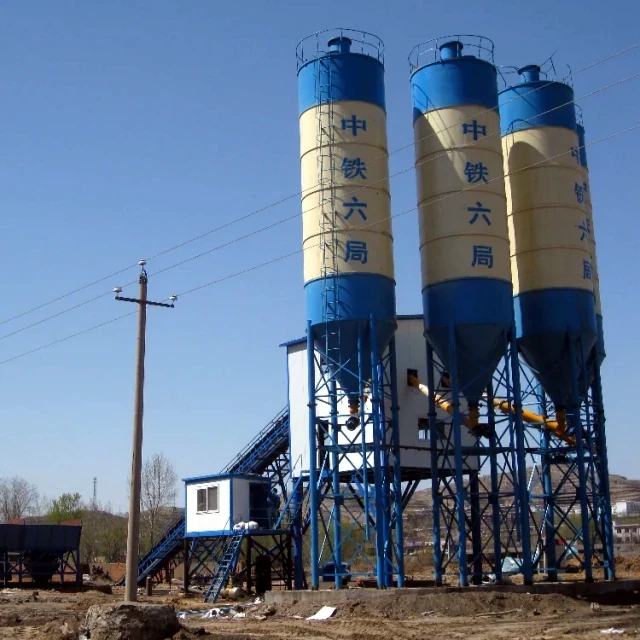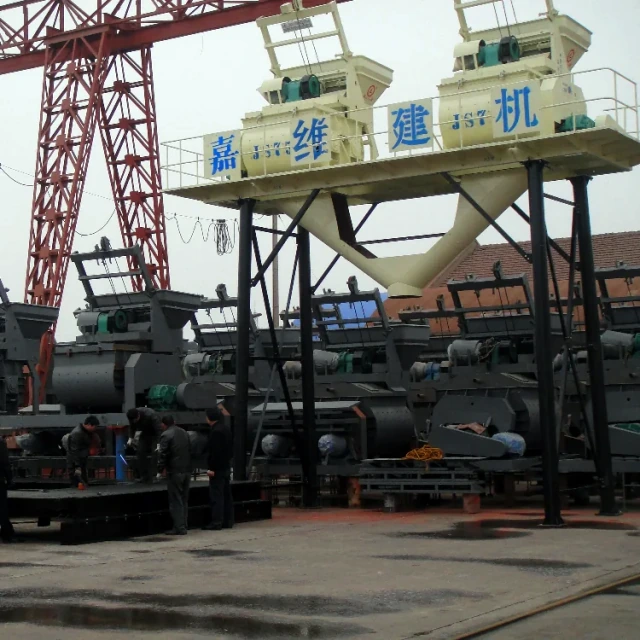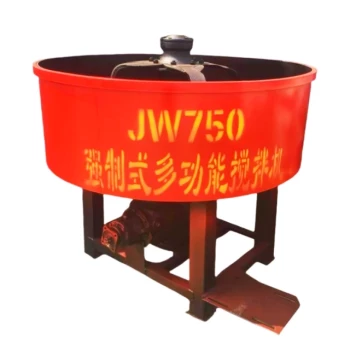Conveyor systems are the backbone of material handling operations, yet many failures stem from overlooked post-installation protocols. This guide reveals how structured validation processes—from lubrication audits to load testing—can prevent 60% of mechanical failures linked to installation oversights.
Post-Installation Checks as a Foundation for Reliability
Validating Mechanical Integrity: Lubrication and Load Testing
Lubrication Audits
- Why it matters: 35% of premature bearing failures trace back to improper lubrication post-installation (Industrial Maintenance Journal, 2023).
- Actionable protocol:
- Verify grease type matches manufacturer specs (e.g., lithium-based for high-load zones).
- Check distribution uniformity using infrared thermography to spot "dry zones."
Load Testing Under Real Conditions
- Conduct ramp-up tests at 25%, 50%, and 100% capacity while monitoring:
- Belt tracking alignment
- Motor amp draw (should stay within 10% of rated load)
- Frame vibration levels (use handheld meters; >5mm/s warrants inspection).
Ever wondered why some conveyors fail within months while others last decades? The difference often lies in these first 72 hours of validation.
Interpreting Operational Thresholds: From Temperature to Power Consumption
Critical Metrics to Baseline
| Parameter | Acceptable Range | Tool Needed |
|---|---|---|
| Bearing Temp | <70°C (158°F) | Infrared thermometer |
| Power Variance | ±5% of nameplate rating | Clamp meter |
Red Flags
- Intermittent motor overloads often indicate misaligned pulleys—a fix that costs 90% less if caught early.
Linking Short-Term Checks to Long-Term Performance
Case Studies: The Hidden Costs of Overlooked Installation Errors
Food Processing Plant Example
- Issue: Skipped belt tension checks post-installation led to 300 hours of unplanned downtime in Year 1.
- Root cause: Undetected 5mm misalignment caused edge wear, requiring full belt replacement.
- Prevention: A 10-minute laser alignment check during commissioning would have saved $18,000.
Mining Operation Case
- Conveyor rollers seized after 8 months due to inadequate grease purging during installation.
- Solution: Implemented quarterly ultrasonic lubrication checks—extended component life by 3 years.
Industry Standards and Their Role in Checklist Design
Key Frameworks to Adapt
- CEMA Standard 502-2023: Mandates load test durations (minimum 4 hours at max capacity).
- OSHA 1926.555(a): Requires emergency stop verification within 24 hours of installation.
Customizing Your Protocol
- For heavy-duty applications like those using Garlway winch systems:
- Add shear pin inspection intervals (every 50 operating hours initially).
- Include gearbox backlash measurements.
Conclusion: Turning Checklists into Longevity
- Document Everything: Baseline metrics become your troubleshooting roadmap.
- Train Cross-Functional Teams: Maintenance staff should understand installation specs.
- Leverage Technology: Wireless vibration sensors can automate 40% of manual checks.
By treating post-installation validation as a non-negotiable phase—not just a formality—operators transform conveyors from maintenance liabilities into decade-long assets. For systems requiring extreme durability (like those paired with Garlway construction machinery), these protocols are the difference between planned maintenance and catastrophic failure.
Related Products
- Commercial Construction Mixer Machine for Soil Cement Mixing Concrete
- Portable Concrete Mixer Machine Equipment for Mixing Concrete
- Ready Mixer Machine for Construction Ready Mix Machinery
- Hydraulic Concrete Mixer Machine Cement Mixing Equipment for Mixture Concrete
- Portable Cement Mixer with Lift Concrete Machine
Related Articles
- How Ignoring Concrete Mixer Manuals Endangers Workers and Invites Legal Consequences
- How to Build an OSHA-Compliant Safety System for Concrete Mixer Workspaces
- How to Master Concrete Mixer Operation: Training, Certification, and Safety Protocols
- Optimizing Concrete Mixer Safety: How Proactive Tire and Suspension Maintenance Prevents Catastrophic Failures
- How to Conduct OSHA-Compliant Concrete Mixer Inspections: A Safety-First Checklist



















